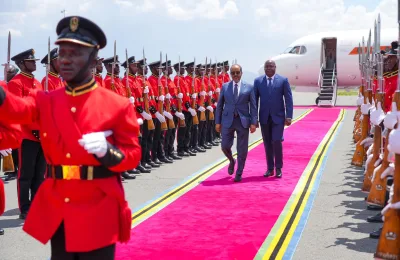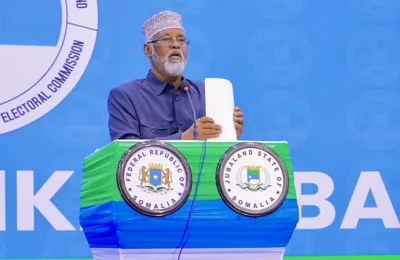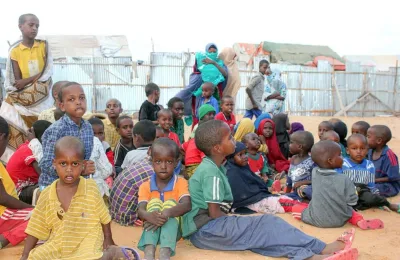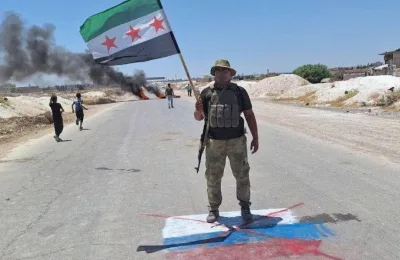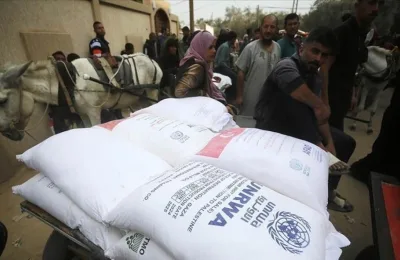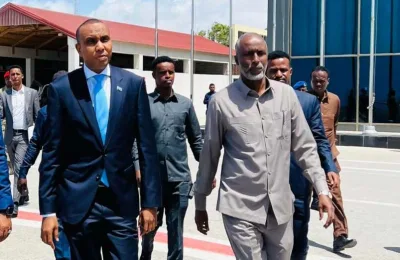Poor rains and multiple conflicts across eastern Africa have put over 14 million people in need…
 Poor rains and multiple conflicts across eastern Africa have put over 14 million people in need of food aid, three years since extreme drought devastated the region, the United Nations said Friday.
Poor rains and multiple conflicts across eastern Africa have put over 14 million people in need of food aid, three years since extreme drought devastated the region, the United Nations said Friday.
“The situation is very worrisome,” said Matthew Conway, spokesman for the UN Office for the Coordination of Humanitarian Affairs (OCHA) for Eastern Africa.
“There are similarities to the situation that we saw leading to the 2011 crisis,” he said, adding that the United Nations was appealing for $2.6 billion (1.9 billion euros) in aid.
Conditions are still far from the crisis in 2011, when some 12 million people in four nations were hit by one of the worst droughts in 60 years, with parts of Somalia declared famine zones.
The 14.4 million people classified by the UN as food insecure are spread over nine nations, with the hardest hit countries including war-torn South Sudan and Somalia.
Aid workers say famine could be declared in South Sudan within weeks if fighting continues, while last month the UN warned Somalia is sliding back into an acute hunger crisis.
Arid northern Kenya, which like much of the region suffers from recuring droughts, is also struggling.
Oxfam said failed or poor rains, conflict and drought have contributed to the rising food insecurity in the region.
“It is imperative that we learn from the lessons of 2011,” Oxfam’s regional director Fran Equiza told AFP.
“Early intervention has the potential to save thousands of lives and keep millions more from the brink of starvation.”
Some 2.7 million people are in dire need of supplies in Ethiopia and 1.3 million in Kenya, many of them refugees from neighbouring Somalia. Some 120,000 are in need in Djibouti.
In Sudan, five million people are at risk, while in South Sudan 3.5 million are struggling.
Tens of thousands are also in need in Burundi, Rwanda and Uganda.
More than 250,000 people, half of them children, died in the devastating 2011 famine in Somalia.


